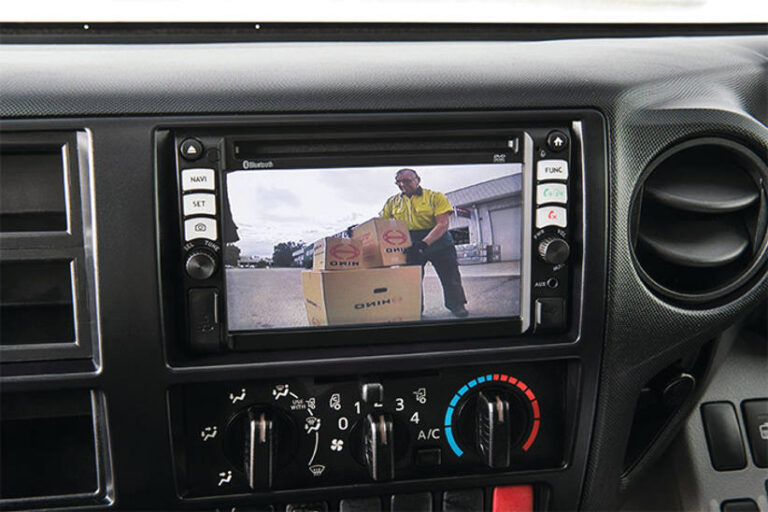Increasing vehicle numbers on the road and an increase in pedestrian or driver inattention (possibly influenced by inappropriate widespread mobile phone use) could all be contributing factors to pedestrian injuries and deaths caused by motor vehicles. For the year 2022 statistics recorded 144 pedestrian deaths in Australia, (note, this is total pedestrian deaths, not just reversing incidents).
In an effort to reduce the associated trauma and cost caused by pedestrian reversing incidents, the Australian Government is rolling out, in a two-stage approach, new Australian Design Rules (ADR’s) relating to mandatory reversing aid technology.
From November 1st 2025, all NEW vehicles sold must be fitted with a reversing aid by way of reversing sensors or cameras.
From November 1st 2027, ALL vehicles must be fitted with the reversing technology outlined in the new ADR.
ADR 108/00 “Reversing Technologies” is the national standard setting out guidelines for technologies to be standard fitment to all new vehicles sold from November 2025.
ADR 108/00 provides an in-depth set of standards and parameters outlining the minimum requirements for reversing technologies, covering field of vision, minimum distances, lighting, and contrast etc. relating to all vehicles from small cars to prime mover trucks.
Interesting the standard does not apply initially to partially completed vehicles, like cab-chassis, chassis cowl and prime mover vehicles but they must comply after completion. I can only surmise that this would allow vehicle and body manufacturers legal, on-road access during final body construction and registration periods.
A Monash University Research Centre study found that, vehicles fitted with a reversing camera are 41% less likely to be involved in a back- over incident. While vehicles fitted with parking sensors are 31% less likely to be involved in a back-over incident. The study considered 3,172 pedestrian injuries in Australia and New Zealand’s four largest states.
General governmental consensus suggests that approximately 12 lives and 350 serious injuries and 150 minor injuries could be prevented by the new regulation over a 35-year period. The Australian Government predicts that this initiative will contribute to a reduction in both fatal and non-fatal driveway incidents.
Financial benefits to the community are estimated to be approximately $35-million dollars.
Carol Brown, Federal Assistant Minister for Infrastructure and Transport said, “We all know that reversing aids will improve visibility for drivers to minimize black-spots while reversing.”
Brown also goes on to say, “This new standard supports our unwavering commitment to achieve Vision-Zero: zero deaths and serious injuries on our roads by 2050.” An ambitious goal indeed.
While a major proportion of light passenger vehicle manufacturers are already including as standard fitment, some form of reversing aid, as they aspire to achieve 5-star ANCAP rating status, some commercial offerings may need to implement this technology by 2025.
By November 2027, all existing registered vehicles will need to have some form of approved reversing aid fitted. Retrofitting this technology is a relatively easy and affordable process, improving pedestrian safety.
Social-media, texting, playlists, and podcasts are undoubtably adding to what I refer to as walking zombie syndrome. Switched-off pedestrians walking around with their minds not focused on the potential hazards around them, particularly near roads, vehicles, and machinery. I unequivocally agree that anything that can be done to minimise this risk is a welcome initiative.
It should also be remembered that the new standard mandates “reversing aids” which is exactly what they are, aids to be used in conjunction with attentive and pro-active reversing practices.






